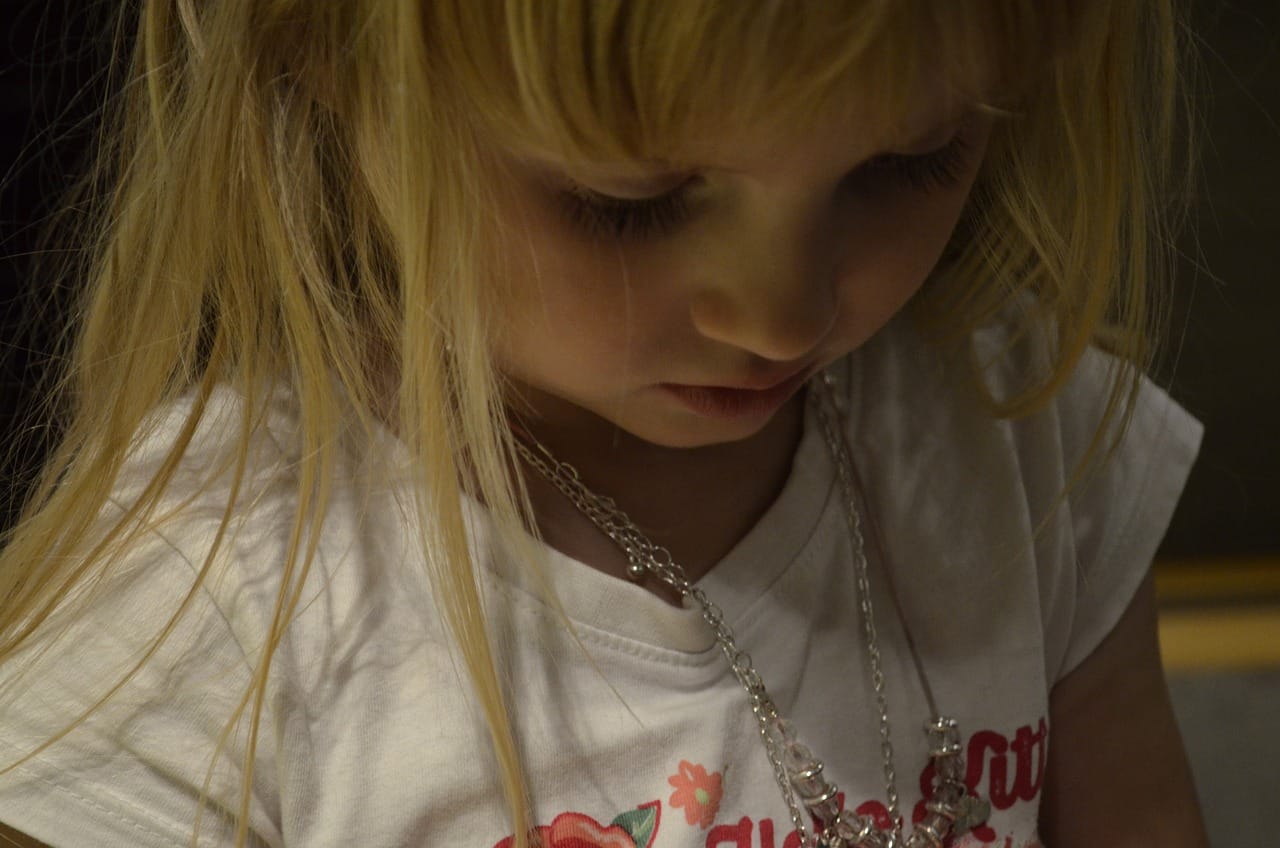The safety of children, especially when it comes to jewelry, is of great concern. These sets of accessories range from choking hazards to allergic reactions. When choosing and policing the jewelry of their kids, parents and guardians should genuinely be cautious. Following are some essential safety tips and considerations to keep in mind when it comes to children’s jewelry.
The Correct Length of Chain
The length of the chains or necklaces for kids must be taken into account. Avoid using chains of long lengths as they can lead to strangulation which is particularly common among younger children.
Ideally, the chain should snugly fit around the child’s neck but should not slide too much. Watch out for chains with sharp or pointed edges that may scratch or bruise the child.
Choosing the Safest Materials
The manner of material selection in childrens jewelry plays an important part as far as its safety is concerned. It is further advised to use materials that carry lesser chances of the occurrence of allergic reactions, especially for a kid with susceptible skin. Go for jewelry made of better-quality materials such as sterling silver, gold, or stainless steel, which are known to be much less itchy and discolored.
Nickel, lead, and some other harmful substances stones stay away from the jewelry as they can cause skin allergies and lead poisoning. Make sure that you have all the details about the product by checking the description or label in order to see if the jewelry has followed the safety regulations or standards.
The Safest Pieces of Clothing for Kids
Not all jewelry pieces for babies are equally safe. For example, stud earrings are preferable to dangling or hoop earrings as they can be avoided to be snagged by the clothes or hair. The same way the bracelets should have smooth borders. It should not have any protruding charms or decorative elements that could be the risk of being choked.
Think of choosing jewelry specifically designed for kids because these are made with safety assessment in mind and undergo strict testing to meet the safety standards.
Age-Appropriate Jewelry
When choosing jewelry for children, account for their age and developmental stage. Youngest children may not be skillful enough to deal with small, delicate parts or appreciate the value of protecting their jewelry. Opt for basic, safeguard goods that are fitting for their age and level of responsibility.
Along with the kids’ maturity, introduce them to more complex jewelry styles to make sure their safety is intact. Educating older kids on the adequate care and maintenance of their jewelry like the correct way to put it on and take it off.
Secure Closure Mechanisms
The closing mechanism is an important thing to consider in choosing childrens jewelry. Provide that necklaces, bracelets, and earrings have secure closures that are not easily removed or loosened by a kid. Lobster claw clasps and screw-on earring backs are much more secure closure types than other kinds of closure.
Regularly examine your jewelry for fractures, such as loose clasps or corroded links. When they occur, choose to fix or get it replaced. Practice with children removing their jewelry before participating in activities that might be too intense or pose a danger to them, like sports or roughhousing.




